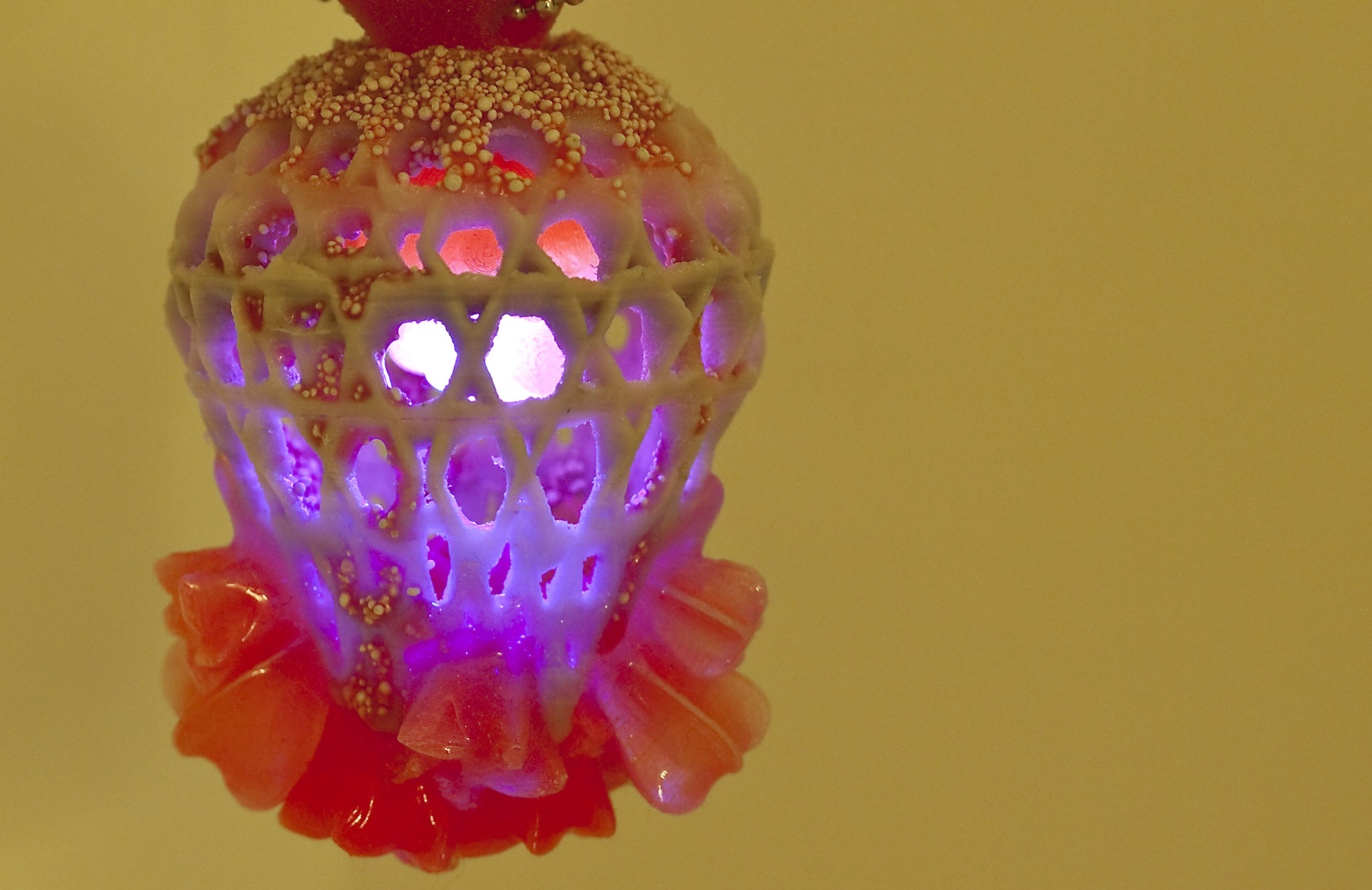In my quest to make this site somewhat of a resource for budding digital jewellery designers, this post will be about one of my favourite topics: tools. As a jeweller, I am absolutely addicted to nice tools – give me a lovely vintage hammer, an unusually shaped pair of pliers or a set of precision Swiss needlefiles and any birthday/Christmas/anniversary is a great one. Of course, when I started working with electronics this meant that I immediately had an excuse to stock up on a brand new supply of great, sometimes weird looking tools. Here is some advice about what to get that I wish I’d had along the way…
1) Soldering Station – not the right place to save money!
It’s the most essential tool you’re going to get for your electronics work. Scrimping on your soldering iron is just not a good idea – you’re going to do countless joints and maybe even attempt a spot of SMD. You might initially get away with using a cheap, single temperature soldering iron, but as your skills grow so will your expectations of what you might want to be able to adjust on your iron. There are many different models out there and I don’t think I have found my perfect one just yet – but after owning a simple non-adjustable plug-in one (Conrad), a cheapish analogue temperature-adjustable one (Maplin – no numbers were given on the temperature dial, just the categories of low/medium/hot) and a digitally temperature controlled one (Maplin again) I have only started to achieve satisfactory results with the latter. It’s great to be able to adjust the temperature down to within a degree, and it heats up super quickly. It did not break the bank either – it will be a while before I outgrow this one. In electronics, Japanese tools are very highly regarded (in jewellery making too, by the way), and I have recently read somewhere that the Hakko brand is the one to look for if you want to go deluxe, but you’ll have to pay for it (or take a chance on an ebay listing, usually sent from China). On my next trip to Japan (if it ever happens…) I will be flying out light and returning with a suitcase full of lovely components and tools by Hakko. Until then I just discovered that my soldering iron can take the very reasonably priced Hakko tips, and that will have to do. The only other thing I might invest in is a battery powered ultra portable soldering iron, to take to workshops and teaching sessions. Oh, and don’t forget to get one of these brass wire sponge soldering tip cleaners to go with your new iron – the little wet sponge you get included for this purpose is a nightmare and cools your iron down every time you wipe it.
2) Wire Stripper/Crimping Tool
Stripping the plastic casing off a piece wire can be a pain…until you discover this little gadget. Again, some really nifty Japanese ones (the Engineer brand is great) are available on the web and they can be very handy as you can crimp terminals, strip wire and cut screws to length all using a single tool. If you’re going to do a lot of crimping I would recommend getting this tool instead/as well, as the handy ratcheting mechanism will save you from developing repetitive strain injury in the long term and deliver just the right amount of pressure, although it does take some practice to get the hang of it. Working on a small scale means trying to get as little wire mess as possible, and crimping your own terminals is the best way to achieve this.There is an excellent and very detailed tutorial on YouTube explaining some of the different tools and crimping techniques – practice makes perfect! The hardest part must be figuring out and getting all the crimps and terminals you need to do the job at hand…
3) A Breadboard…or three
You want to start prototyping and you want to start now! Well, a breadboard is just what you’ll need. Designed to enable you to fit your components together in test circuits, the choice of breadboards is dazzling. You can get tiny ones for on-the-go projects in all colours of the rainbow, small ones in a fancy tin, giant ones that hook together to make a mega-breadboard and the standard half-size version you see in all the electronics tutorials. I have been very happy with my breadboard for three years now – it even has some terminals to hook up a bench top power supply, which I initially thought would be mega useful, but have yet to try out! I would definitely recommend getting more than one, as otherwise you’ll be constantly dismantling ‘in-progress’ projects to make room for a new idea. Using a few tiny ones in clusters can also be very useful to keep component groups separated. To start with, one that has labelled rows could be a boon, as it is very easy to get confused what row you’re working in at any one time.
I have put together a suppliers list in the Vault section that I will keep adding to as I find more interesting sources for stuff!

You must log in to post a comment.